I LOVE THE INTERNET! ❤️
Something happened 2 weeks ago on Twitter where I usually get like 1 or 2 likes (I see you, my friends 👀 ) I got 1500!
Folks around HSR: Help a small business out! 🇯🇵
— Siddhesh (@siddhesh_asawa) May 12, 2025
Elevator pitch: Japanese Chef. Warm Team. Simple setting. Great Pricing. Huge Portions. Genuinely Good Taste!
No waitlist 😉
📍 TOKYO RAMEN SUZUKI, Sector-2, HSR.
PS – Get the egg add on in your bowl! @ar_aaradhya @clearlysid pic.twitter.com/krN0JCpDWa
This unassuming tweet about a local ramen shop blew up. Before we get to the stats, here is the shop we are talking about. Tokyo Suzuki Ramen. A small ramen shop with a total of 5 staff, including the chef/owner, Mr Suzuki, and they work in shifts of 3.

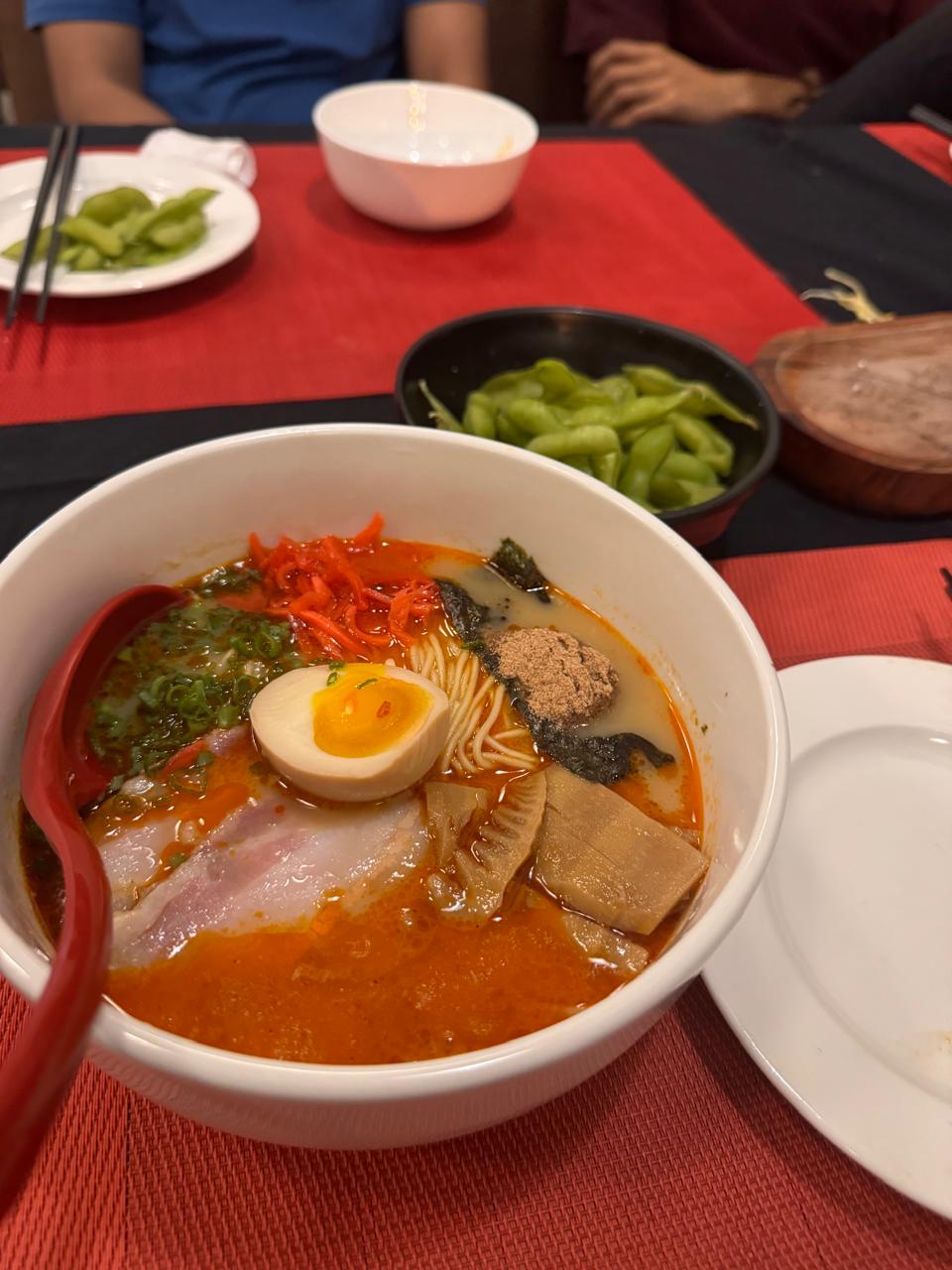
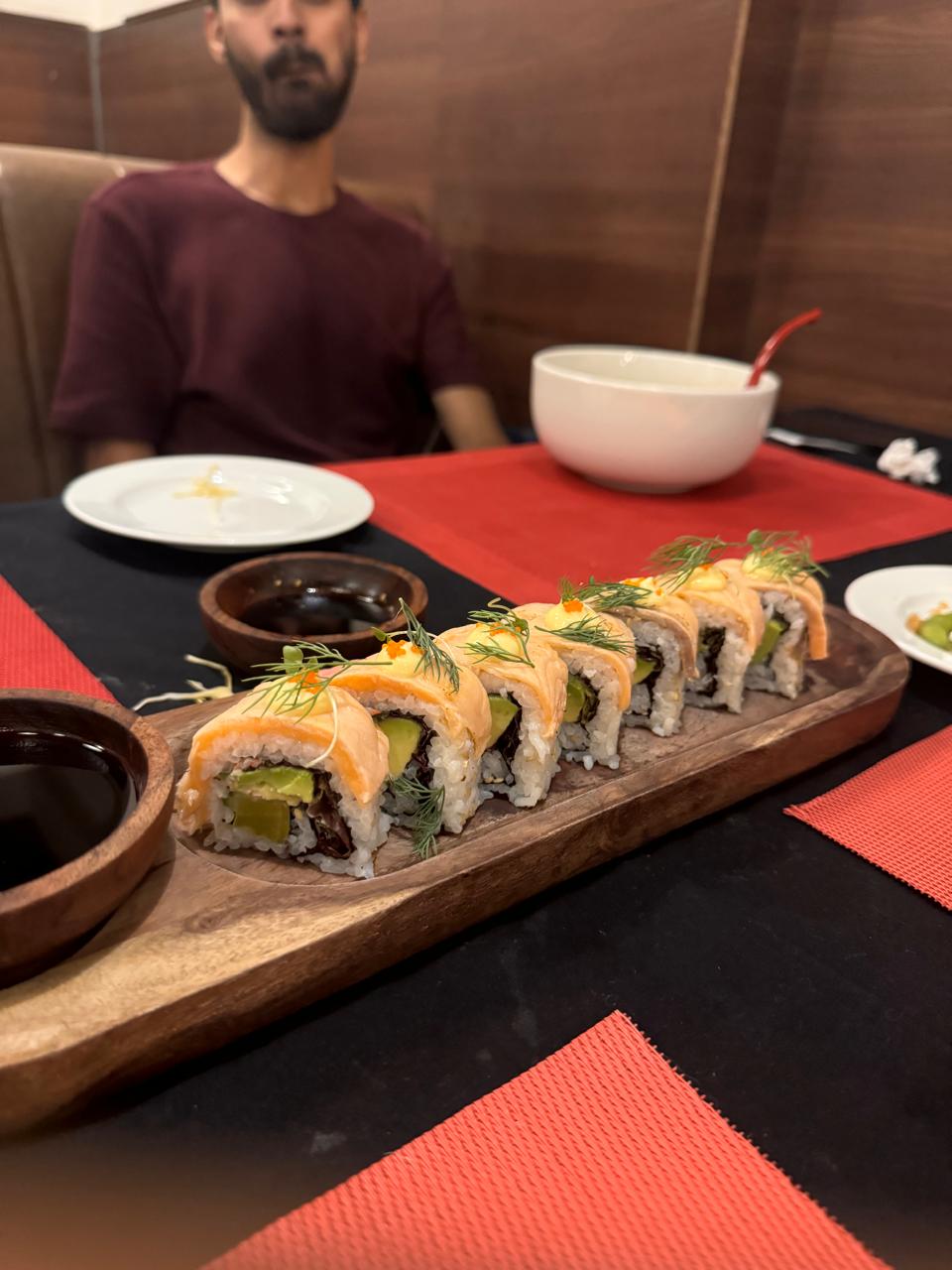
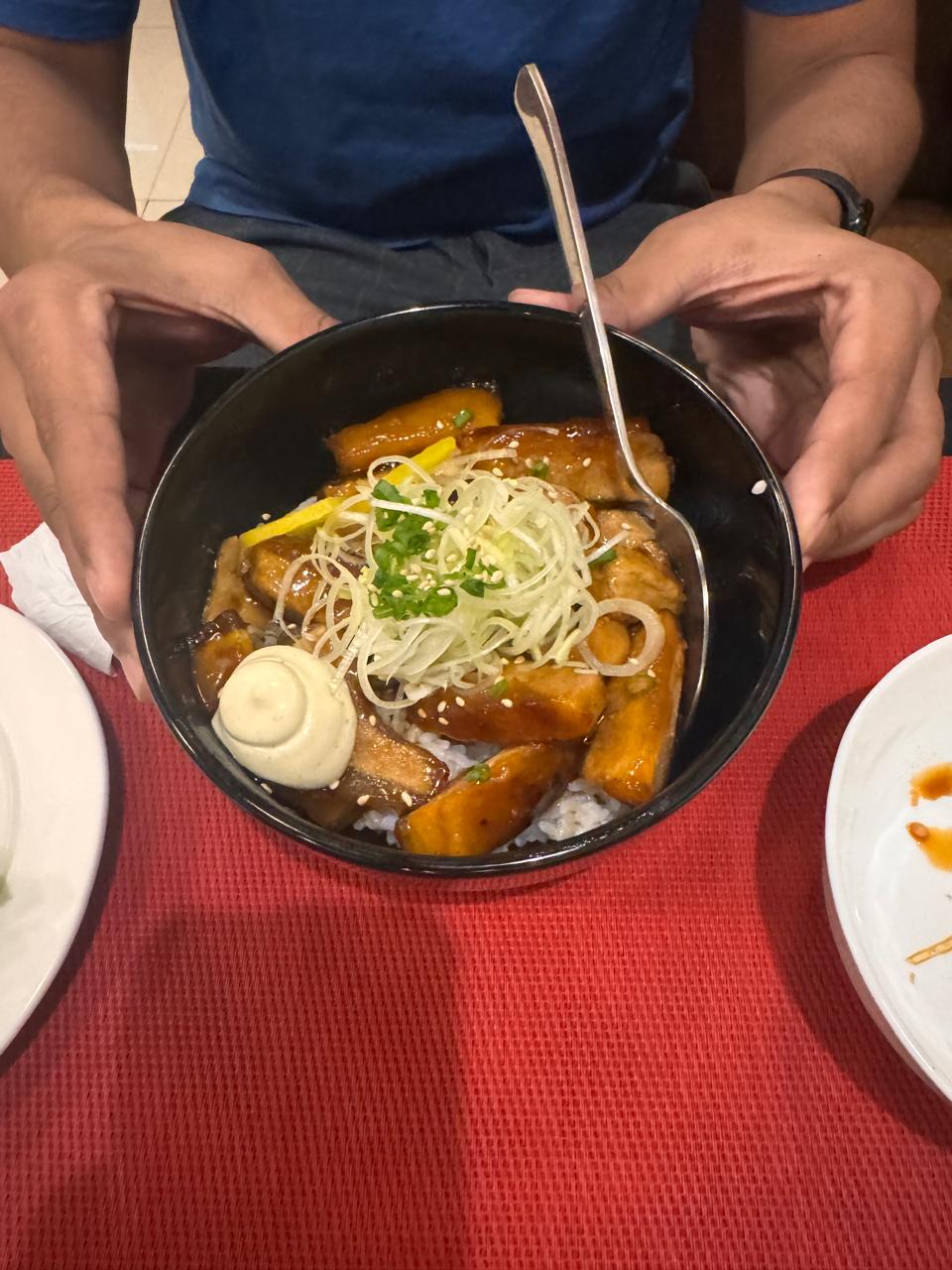
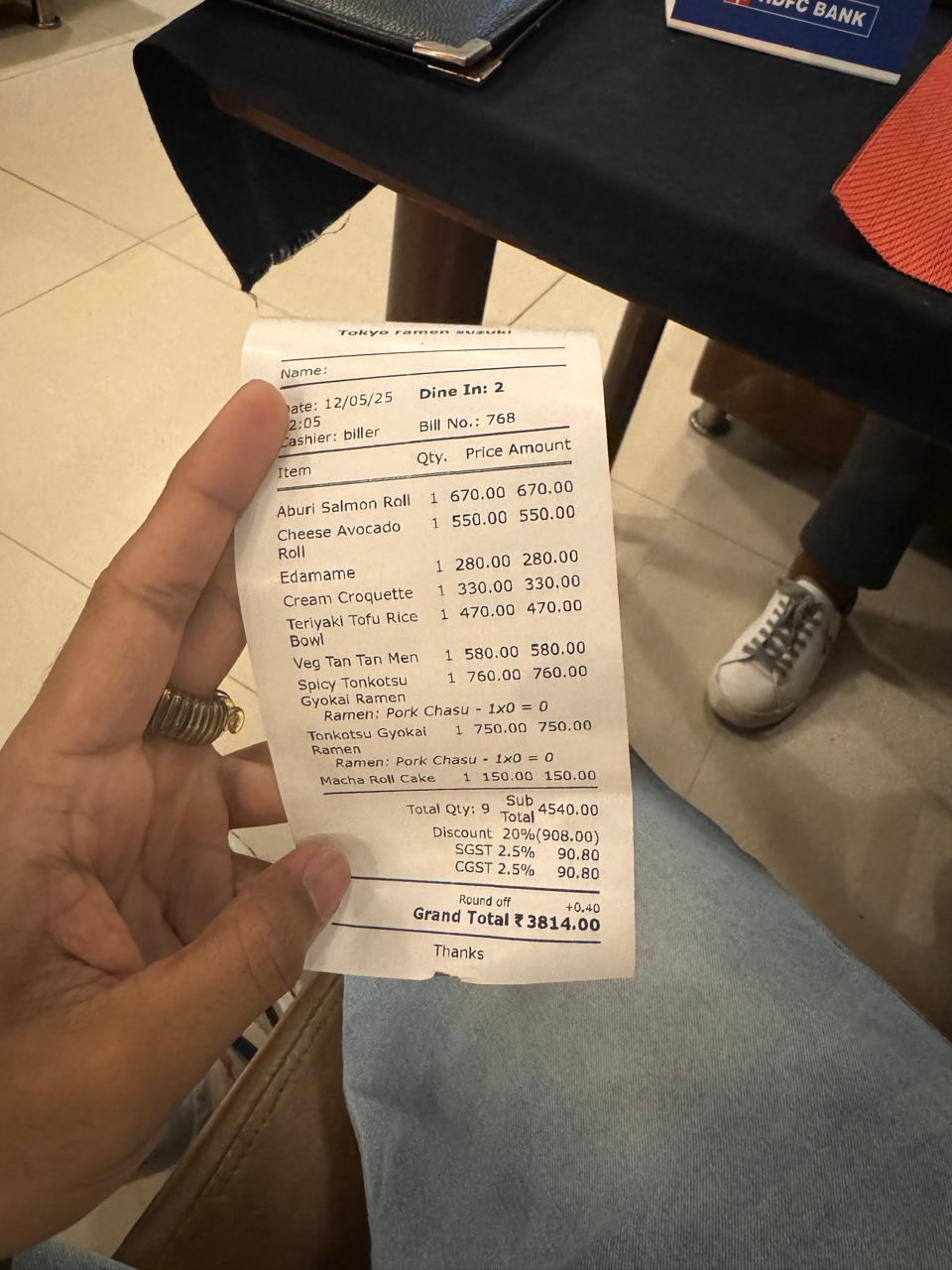
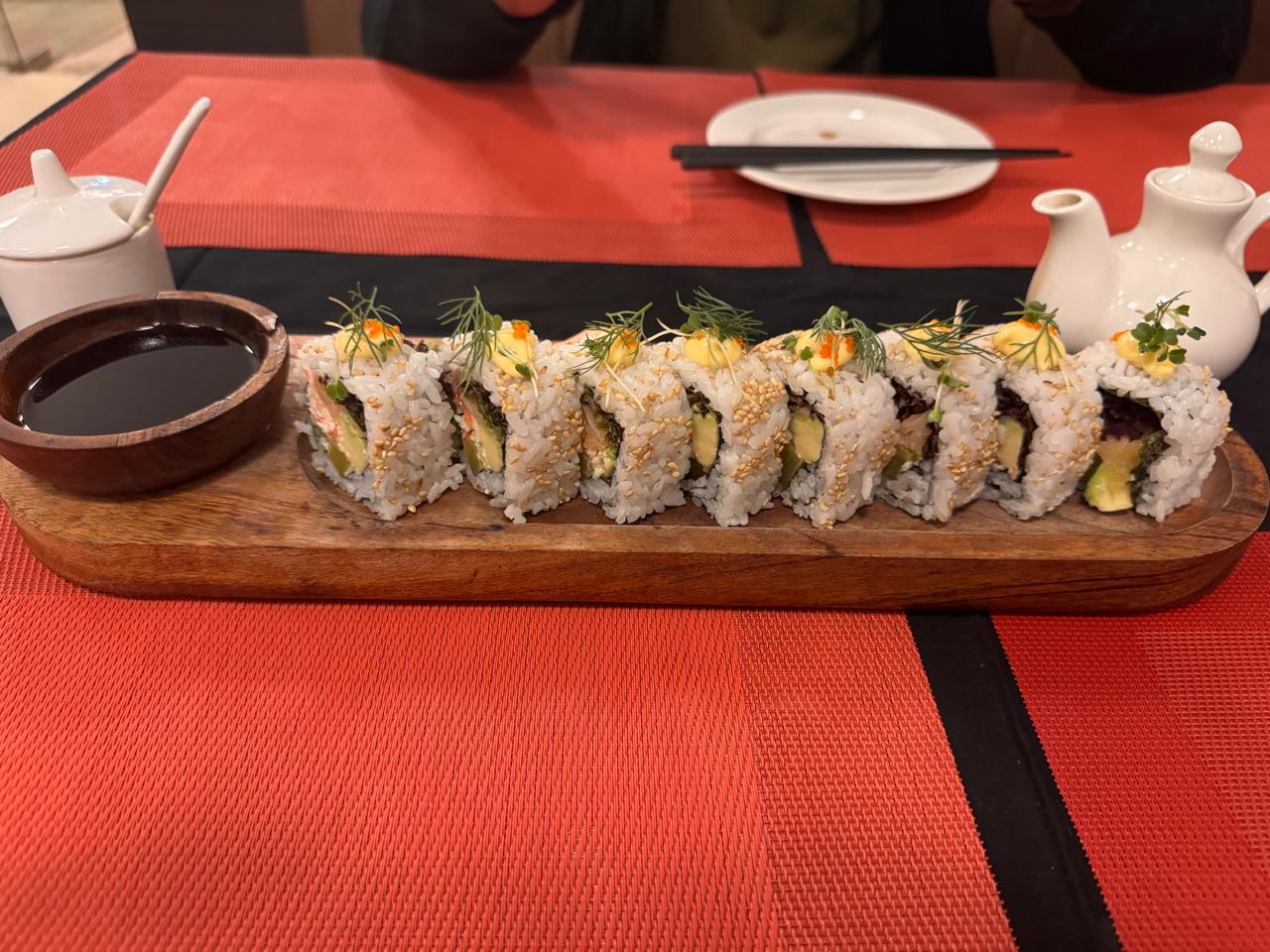
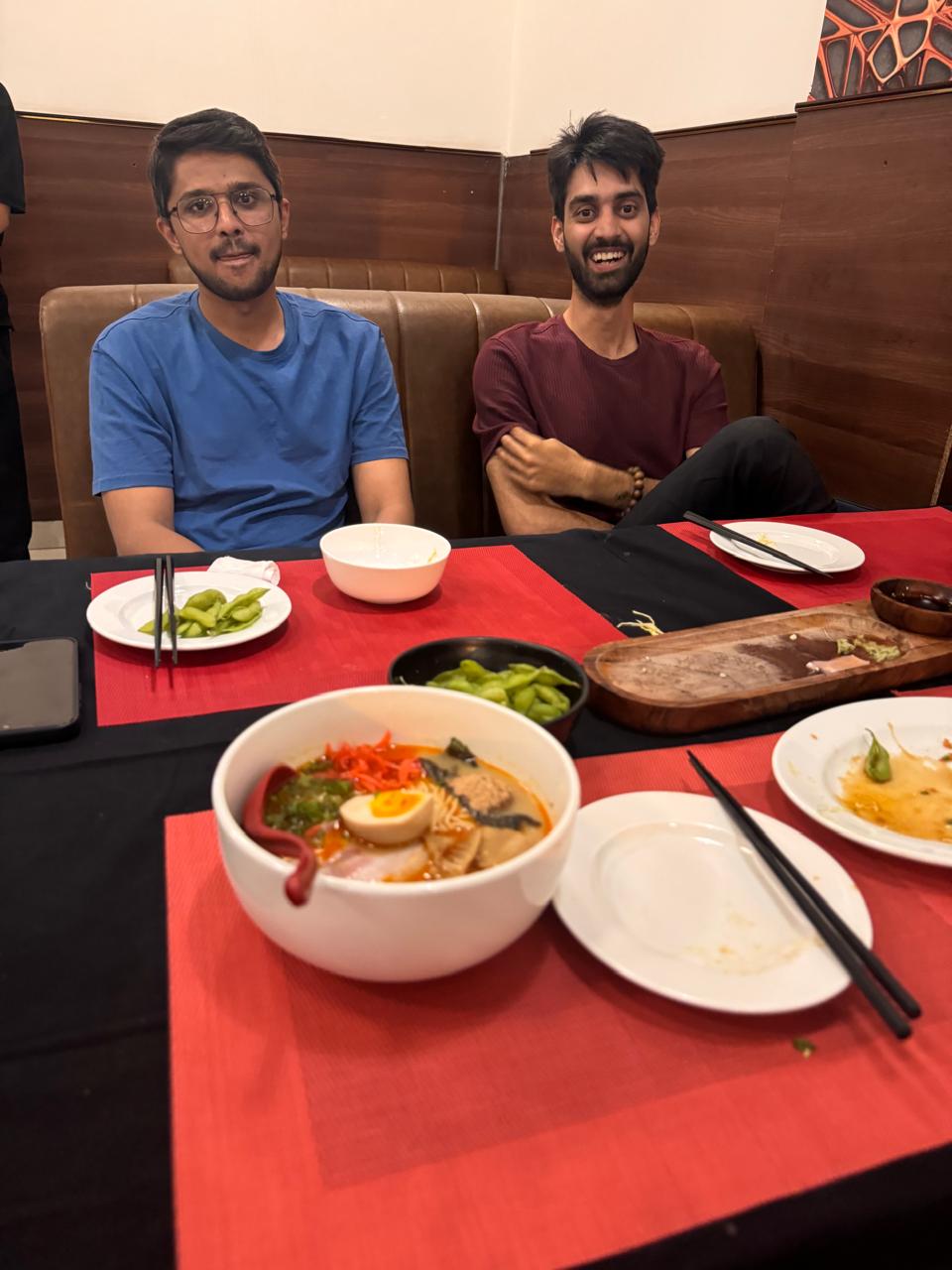
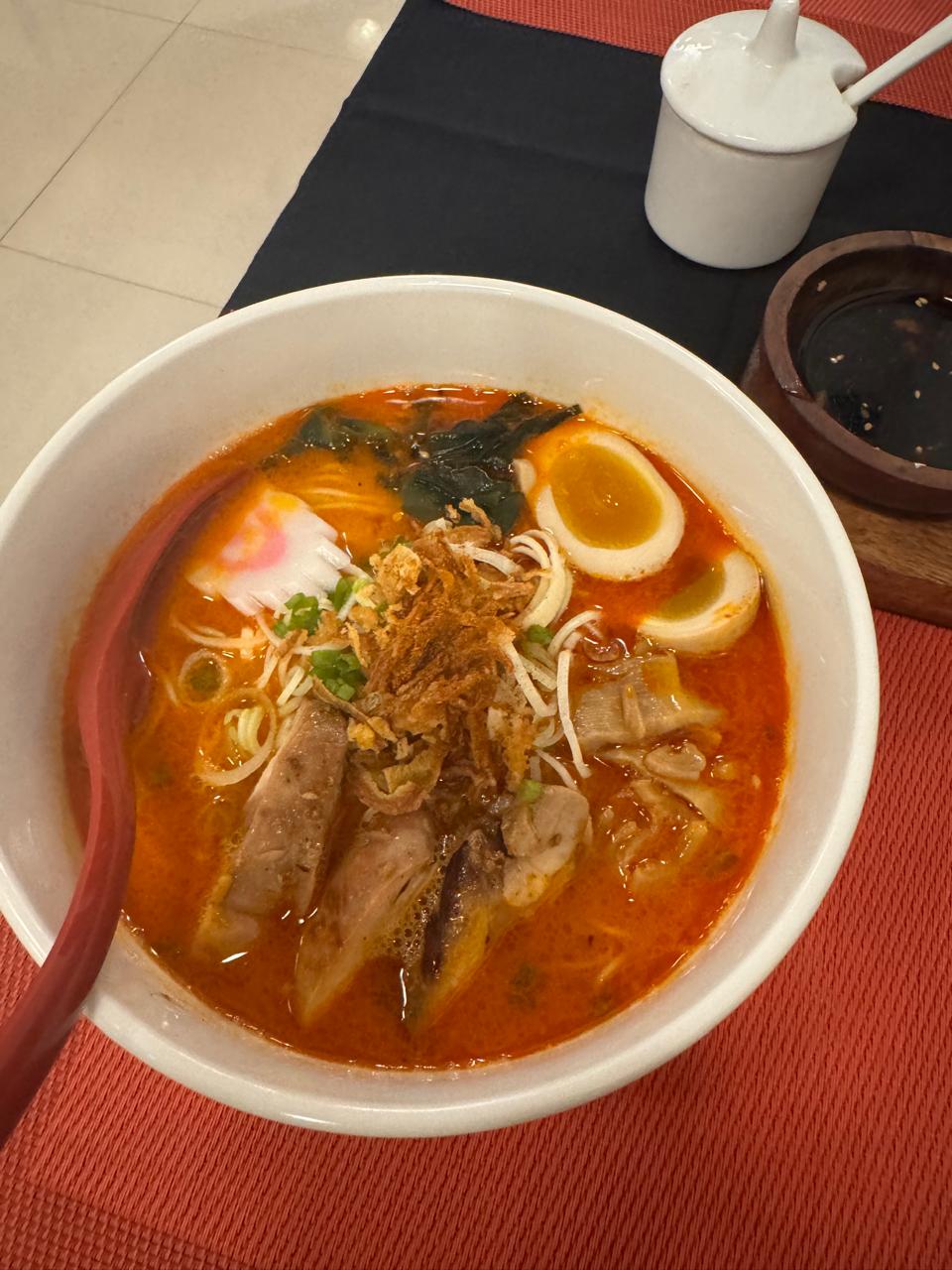
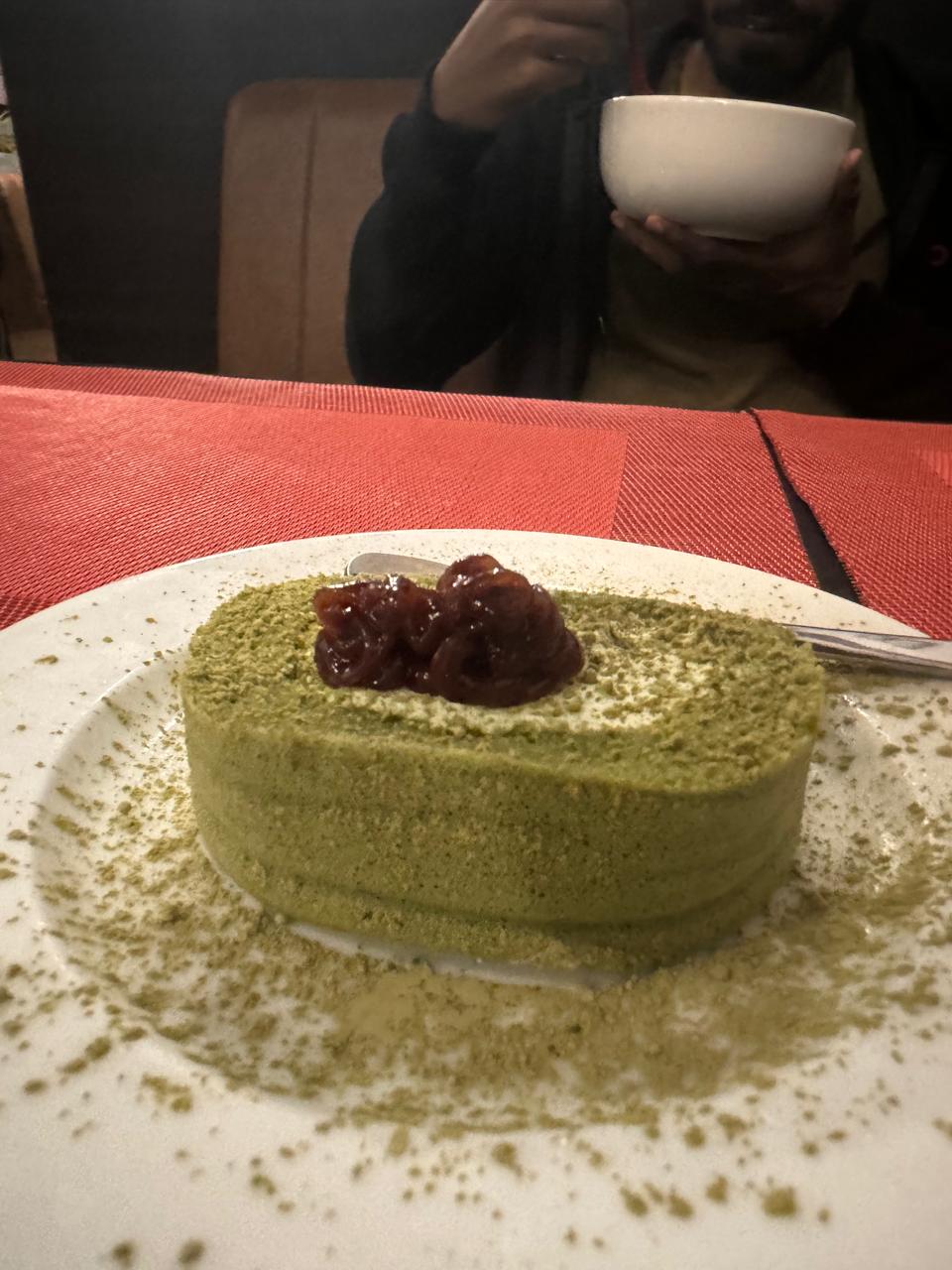
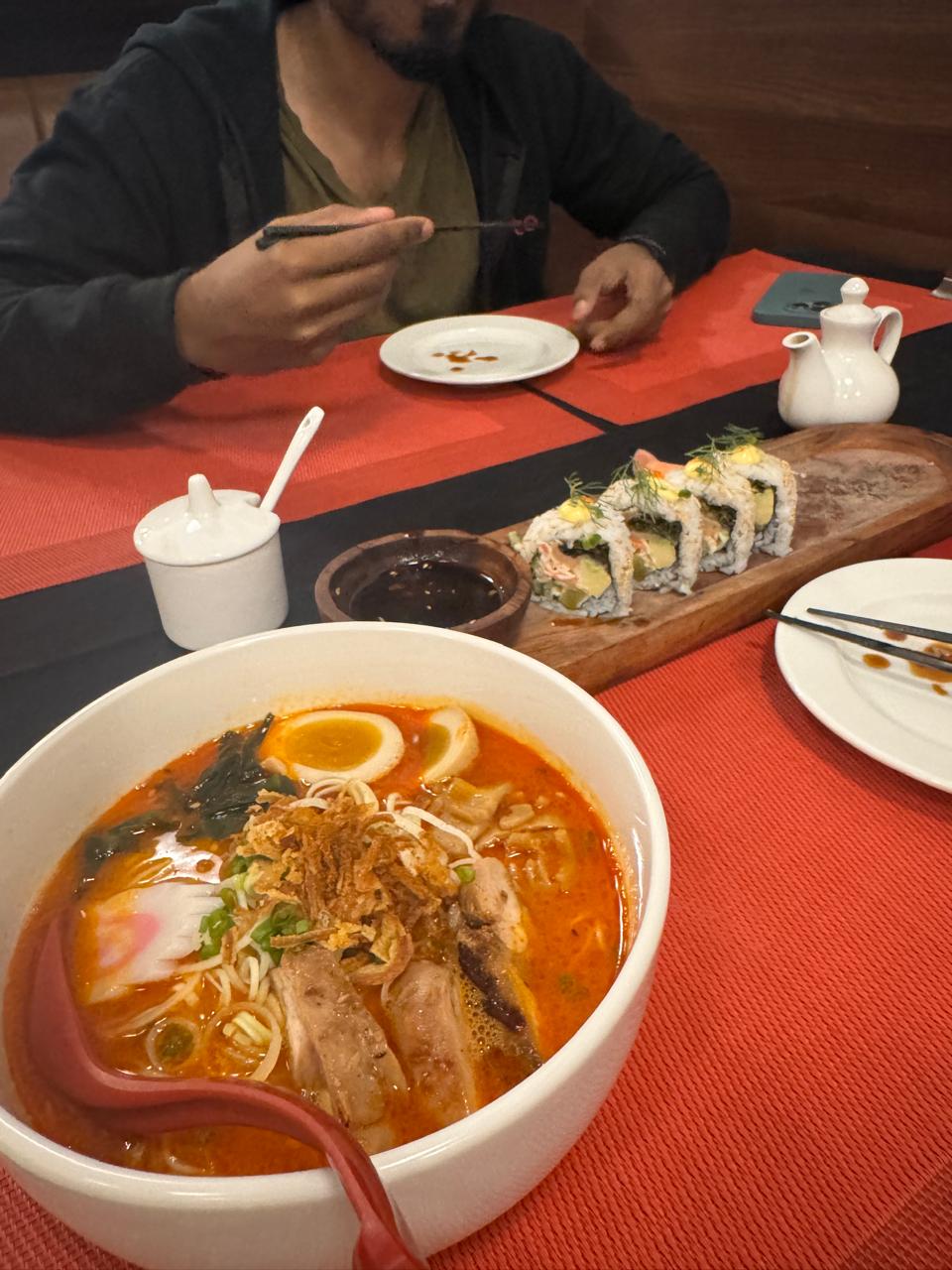
Backstory
I’ve passed by this shop countless times during my evening runs but never stepped in. It was usually empty, so I always assumed it might not be worth trying—until it was.
One Sunday evening (11th May), too lazy to cook, I decided to give it a shot with a friend. We arrived around 9:00 PM, and every table was empty, even on a weekend. For a moment, we thought we’d made a mistake.
I initially ordered the Gyoza—was never much of a dumpling guy, so it didn’t really impress me. But then came the sushi, followed by the ramen. Look, I’m no MasterChef Australia judge, but to me, it was one of the best meals I’ve had in a long time.
Sure, there’s always the chance of perception bias—most places I visit are gourmet restaurants, so maybe I end up enjoying the food just because I’ve paid good money or made the effort to dress up and drive 20 km to get there. But this wasn’t one of those places. I was literally here in shorts and flip-flops.
The warmth of the team and their hustle genuinely moved me to put out just one generic tweet asking people to check it out. Just doing my part.
Here is what happened next –
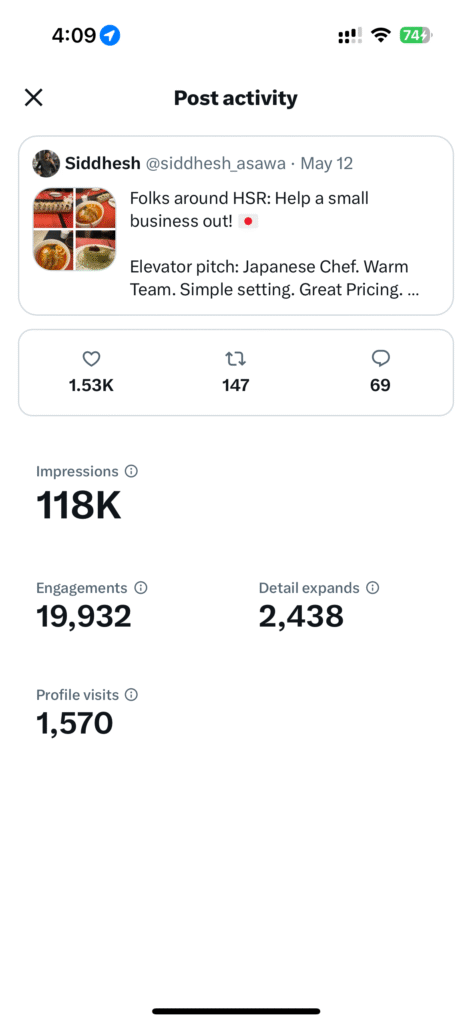
Pre Virality Numbers –
Big Thanks to Tokyo Suzuki Ramen Shop for being open to sharing these numbers.
I was very curious if this means anything to them from a business sense. Do people just bookmark stuff and forget? Is Twitter virality just for branding, and does it have a short-term play on offline walk-ins? The next day, I walked into the store, spoke to the manager, Mr Dilip, and he was more than happy to help finish this case study.
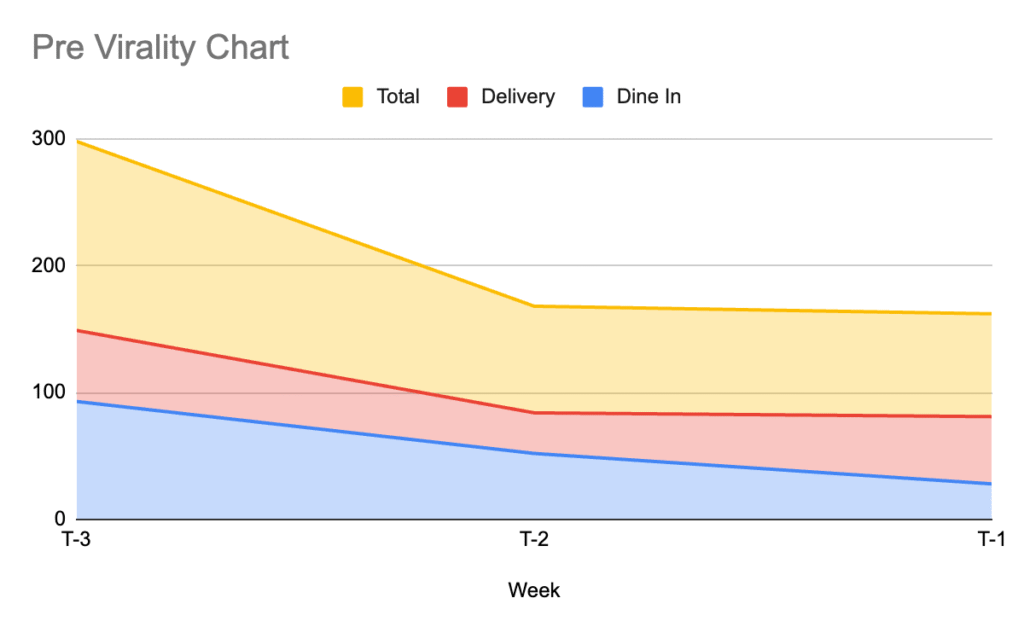
The restaurant had a spike 3 weeks before this tweet blew up, owing tothe long easter weekend, but if you work out average dine-ins of 40 per week, that means despite being 7 days a week with 4 tables. They were running at 9% occupancy rate. Here is the breakdown.
🔢 Given Data:
- Dine-ins/week (before virality): 40
- Open days/week: 7
- Open hours/day: 8 hours (so 56 hours/week)
- Avg meal duration: 30 minutes
- No. of tables: 4
📊 Calculations:
1. Total Available Table Slots/Week
Each table can serve:
- 8 hours/day = 16 * 30-minute slots/day
- Over 7 days → 16 * 7 = 112 slots per table/week
Total for 4 tables =
112 × 4 = 448 potential seating slots per week
2. Occupancy Rate (Before Virality)
They had 40 dine-ins/week.
Occupancy rate =
= (Actual occupied slots / Total available slots)
= 40 / 448 ≈ 8.9%
✅ Insight: Only ~9% of their capacity was being used. Lots of room to grow.
3. Table Turnover Ratio (Daily)
Table turnover =
= Number of parties served per table per day
Total dine-ins per day = 40 / 7 ≈ 5.7
Spread across 4 tables → 5.7 / 4 ≈ 1.4 table turns per table per day
✅ Insight: On average, each table was being used once to twice a day, though it had a capacity for 16 seatings/day.
Average of 6 customers PER DAY! Imagine being open 8 hours a day with 3 on duty staff for 6 customers. Any business will fold at this point but they had conviction about their product and kept going. Despite offering a 10-20% discount on platforms like Swiggy and Zomato they couldnt generate demand. Guess distribution is everything!
While we are looking at average values – most visits for these restaurants come on the weekends, so for a good chunk of the week the restaurant ran empty.
Aftermath
The post had a cool 16% engagement rate*, some 600 bookmarks, a lot of Retweets echoing the same sentiment that I had – Great Food. Warm Team and Pure Grit. A lot of very popular people jumped, and i’m very grateful to the algorithm gods for making it visible to the right people.
*As per Hootsuite, a standard Twitter post has a 1.6% engagement rate
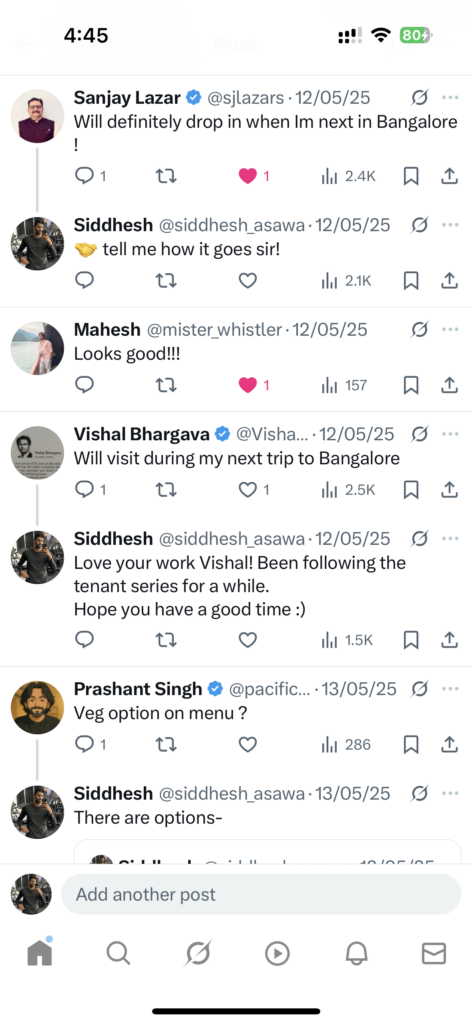
From a marketing POV, anything north of 10% is great so naturally being a marketeer I wanted to see if it has any impact offline and started brainstorming with Dilip Sir (Manager) to see if we can ask offline if they came directly after looking at tweet (Attribution you know :p) – In the end we settled for just looking at average orders because this was a little cumbersome to execute with very little manpower.
Getting to the math
🔢 Given (Post-virality):
- Dine-ins/week: 149
- Days open/week: 7
- Hours/day: 8
- Avg meal time: 30 mins
- Tables: 4
📊 Calculations
1. Total Available Table Slots/Week
Same as before:
- 16 slots per table/day × 7 = 112 slots/table/week
- 4 tables → 112 × 4 = 448 total weekly seating slots
2. Occupancy Rate (Post-virality)
= 149 / 448 ≈ 33.3% occupancy
✅ Insight: Occupancy has jumped from ~9% to 33% — a 3.7× increase.
3. Table Turnover Ratio (Daily)
- 149 dine-ins/week = ~21.3 dine-ins/day
- Spread across 4 tables → 21.3 / 4 = ~5.3 turns per table per day
✅ Insight: Each table is now being turned over 5+ times a day, up from 1.4/day.
Two weeks after the tweet, dine-ins jumped to 149 — a 3.7× increase.
- Occupancy went from 9% to 33%
- Tables that turned over just 1.4× per day were now flipping 5.3× per day
Real people showed up. Real sales followed.
I could cherry pick data if I wanted to and it would look something like this. Use this same statistic to sell you a SaaS tool, a course or my services.
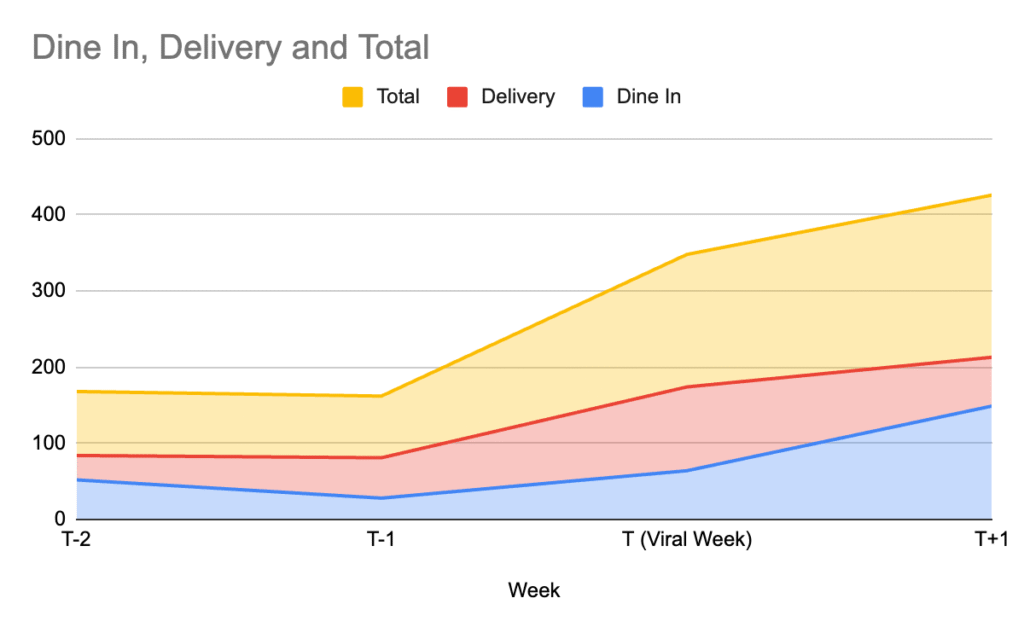
But this is what it honestly looks like.
After week 1, we saw 17% spike in total orders and 42% in the second week (T+1) – Great Realistic Organic Branding! I am assuming there will some snow-ball effect as people who have visited the outlet will share it in their network and this may grow even more. I will keep asking the shop for data until they say No! 😬😂
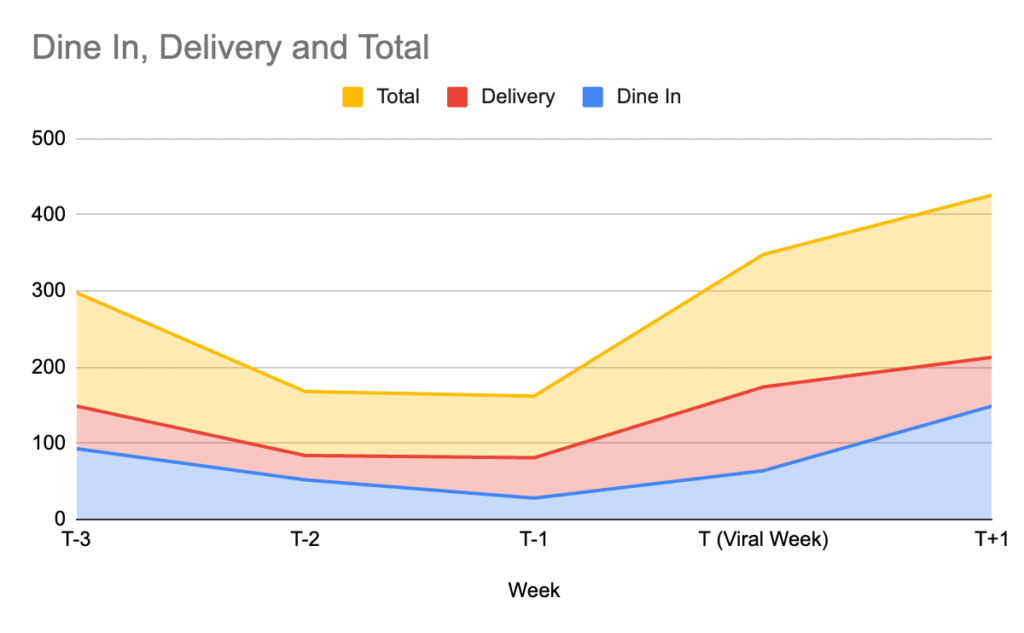
Key Takeaways –
See what I did there? Takeaway <> Restaurant?
Virality can drive real results — but only if the product delivers
This ramen shop wasn’t some flash-in-the-pan. It had an award-winning Japanese chef who had worked in Singapore for 6 years. So many replies to the tweet echoed the same: “This place is amazing — Why do other people not know about it”.
Underrated. The place is unassuming, but this place can give many popular Ramen outlets in the city a run for its money.
— Ramnath Shenoy (@ramnathshenoy22) May 12, 2025
The chef from Japan has dedicated his lifetime to getting it right! https://t.co/bWDkuIadYC
I can vouch for it personally. This place is so good and just deserves so much more love by people.
— Rishabh Dowerah (@rdow_02) May 13, 2025
The chef is mad sweet and they offer free sides for every 5th visit. Great okonomiyaki as well. https://t.co/LnNiof6IIm
One of the best ramen, if not the best in blr! Definitely try it out!! https://t.co/G4ZtpYwJr9
— anaghaa (@anaghaa16) May 12, 2025
Some other folks also created threads highlighting their experience individually, not linked to my thread. Here’s one from Upasana, and I also saw an Instagram reel about it. Clearly, if the foundations are solid, there is so much more to be unlocked with the cascading ball effect.
📍tokyo ramen suzuki, hsr.
— Sumedha Uppal (@SumedhaUppal) May 18, 2025
no pre-booking. just a humble no nonsense ramen place run by a japanese chef. flavours? incredible. took me back to japan. the spicy tonkatsu ramen. the gyozas. the fried chicken. the matcha cake. loved it 100% pic.twitter.com/UXitcBN8pm
Distribution still matters — even for the best products
The restaurant never tried ads, Zomato campaigns, or even having an Instagram page. Hope they invest to capitalise on it.
Authentic social proof is more powerful than any ad
Very hard to game unless the product is perfect – Not saying it can’t be, but might as well invest in improving the product instead of trying to game the system. Takes a lot of effort and time. People don’t want to be sold to — they want to believe, discover, and share. This tweet was effective because it felt genuine. There was no agenda. Just a sincere spotlight on a business that deserved more attention.
Frictionless content > fancy production
I wasn’t selling anything. No hashtags. No filters. Just an honest recommendation. People love helping the underdog, especially when it’s framed as “Hey, you might want to check this out.”
🧩 For Marketers & Brand Managers
For those in the world of growth, social, or influencer marketing, here are some tactical takeaways:
- Don’t chase vanity metrics
100k views mean nothing if no one acts. Focus on engagement ratios — replies, saves, shares, and footfall uplift. That’s where the story lives. - UGC is king
Let your customers talk. Empower them to share, review, and recommend you in their own voice. UGC isn’t a format — it’s a trust signal. - Bridge the funnel
Think beyond awareness. How are you nudging discovery into interest into action? This tweet bridged that gap without even trying — because the intent behind it was honest. - Affiliate & influencer marketing should feel personal, not transactional
This wasn’t a campaign. It was a moment. Great campaigns feel like that, too.
🎯 Conclusion
To everyone who interacted with that tweet, thank you. Seriously.
Your likes, replies, shares — they turned into real people walking in, eating food, and helping a small team grow.
You made a difference.
It’s easy to forget that internet noise can create real-life signals. This is one of those rare, beautiful reminders.
Oh — and if you’re wondering:
💰 How much money did they actually make? How did the AOV shift week over week?
I’ve got that data too. Let me know if you want a deep dive post on the actual revenue impact — happy to break that down next if you want me to.
📚 Further Reading:
